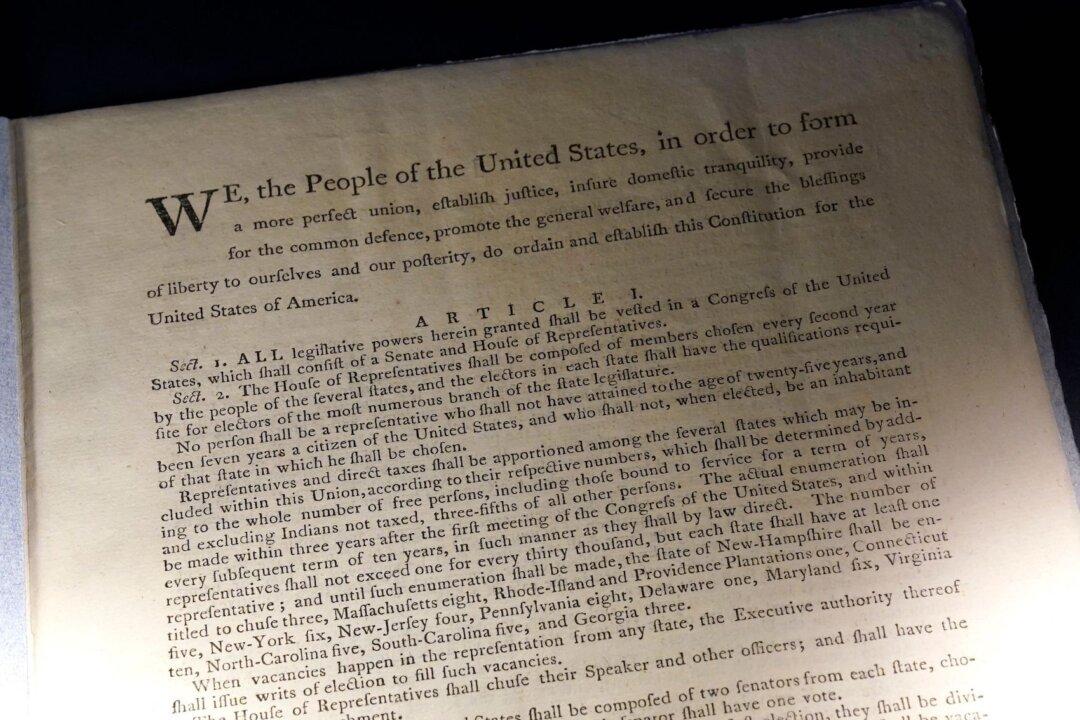The teaching of American history in U.S. universities is fraught with narratives of oppression, inequality, white supremacy, and toxic masculinity, which risks stoking “the flames of personal grievance and identity politics,” according to a recent report by the Arizona State University (ASU).
“Our extensive research reveals that instructors in American history survey courses overemphasize racial, ethnic, and gender identity, most often to the detriment of a well-balanced and comprehensive understanding of our nation’s past,” said the Nov. 5 report published by ASU’s Center for American Institutions (CAI). “The use of identity-focused terms (e.g., ‘white supremacy,’ ‘diversity,’ ‘equity’) are pervasive in introductory courses in American history.”





